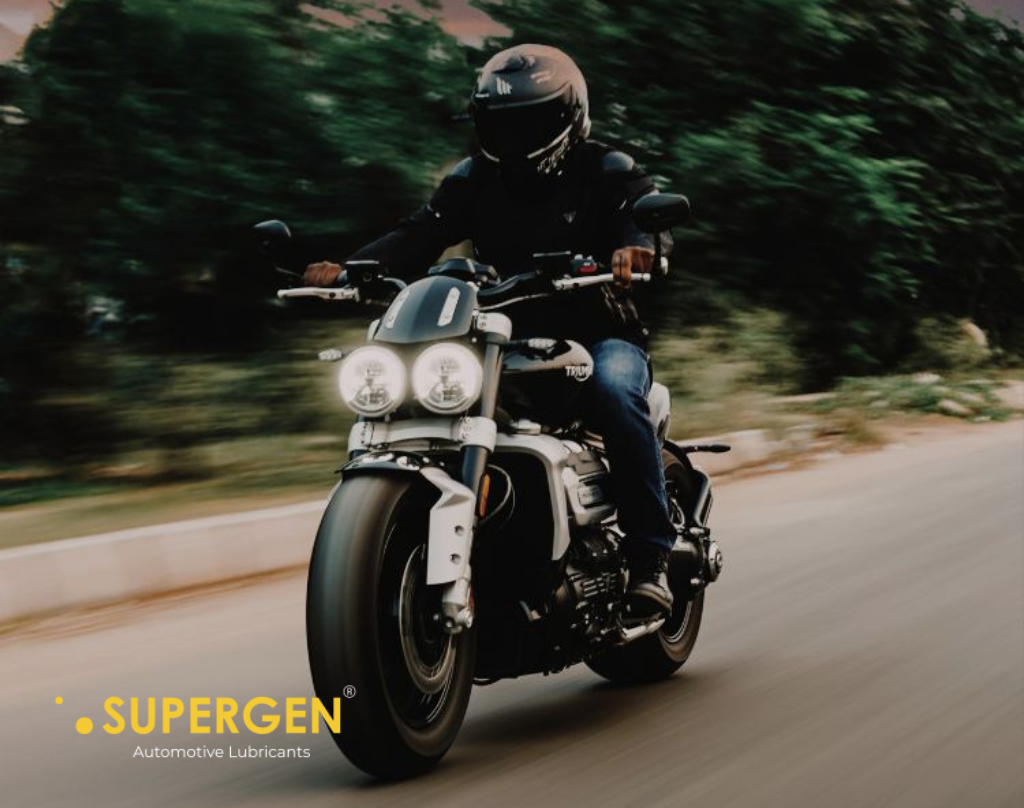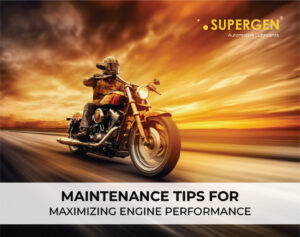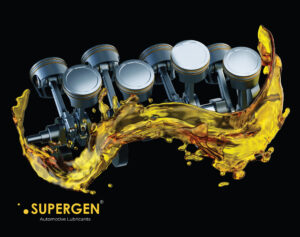One of the most important factors that new riders or owners of new bikes take into consideration while making a purchase is the fuel efficiency, or the mileage as many refer to it. Making full use of the fuel you buy for your vehicle is a top priority, as the cost of fuel rises from time to time. This aids better savings, optimum efficiency of your bike and a better bang for your buck. So, taking the time to check your bike’s mileage and track it regularly can be quite beneficial to your ride in the long run. Here’s a few simple ways to get the most accurate reading as possible for your mileage, and how often this should be done.
Which Formula to Use
For all the methods below, the same simple formula is applicable, which is Distance (Kilometres)/ Amount of fuel consumed (Litres). Using this fundamental formula, you can get the closest possible outcome in regards to your mileage. For example, if your ride your bike for
200 kms which consumes 5 litres of petrol, then your mileage will be 200/4 which is 40, which means that the mileage is 40 km per litre of fuel.
Utilising the Full Tank
This is the most probably the most well-known and the easiest of methods to use- employing the tank’s full capacity to determine your mileage. Fill your fuel tank the whole way i.e. full to capacity and reset the trip metre to 0. Next, ride your motorcycle for 100 km and check the fuel gauge, making a note of the petrol consumption. Do this process 2 to 3 times in total, noting the fuel consumption each time.
You can now apply the above formula to each of your readings and calculate the respective mileage. There may be some small differences between each of the calculation results, so finding their average will help you get a decent idea of the actual mileage of the vehicle. There may be some issues, however, as this method does not account for instances like air pockets, which affect the amount of fuel in the ‘full’ tank.
Utilising the Mileage Testing Bottle
A mileage measuring bottle is a device that is attached directly to the carburetor by hanging through the handlebar or taping to the fuel tank itself. The way this method works is similar to the full tank method except a lesser amount of fuel is used in a more controlled way i.e. the assurance of no air bubbles or anything else affecting the readings.
The measuring bottle is filled with a certain amount of fuel, and the fuel pipe of the carburettor is attached to it. After the trip metre is set to 0, the bike is driven until the fuel reduces and only 100 ml is left. If you used around 500 ml at the start, then the total kilometres on the trip metre is divided by 0.4, which gives you the mileage of your motorcycle.
This is a more accurate method but is definitely also a more involved process as well.
Utilising Reserve Filling
You can also make use of the reserve indication of your fuel tank to check your bike mileage. The reserve switch or digital indication is when your main fuel supply is exhausted. WHen your vehicle comes to this point, note down the reading of the odometer or reset the trip metre and bring it to 0.
Use a pre-filled bottle to fill the tank with exactly 1 litre of fuel, and mark what the odometer reading is at that point. Ride the motorbike until this 1 litre is consumed and the bike is back to reserve. Check the odometer reading again, and the difference between the first and second readings will be the mileage.
For example, if your first reading (before the drive) was 1000 km and the second came out to be 1040 km (after the drive) then the mileage for your bike will be 1040 – 1000 which is 40 km i.e. 40 km/ litre.
Tracking your mileage using any one of these methods helps one gain a far better understanding of your vehicle as well as how your bike should be performing. If you notice a drop in mileage or any other related issues, contacting a professional is ideal. That apart, by having knowledge of your bike’s running time, you can make a maintenance schedule for it that suits your needs and the bike’s needs as well.
While there is no set duration, doing this once a year is a rule of thumb most bike riders follow, though there is nothing to lose in doing it more frequently, especially if you have an older motorcycle.








